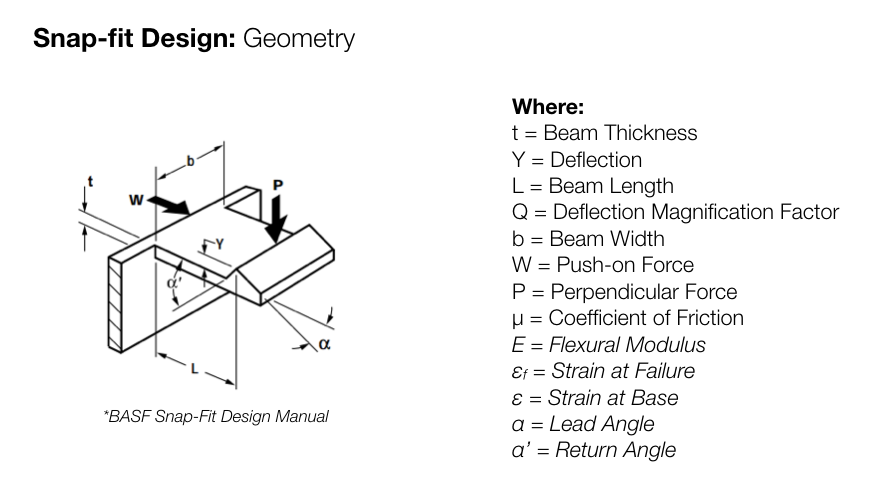Mizu | Hydration Tracker
Certain patients at the University of California, San Francisco Medical Center must heavily restrict the amount of water they consume, or risk getting severely sick. We prototyped for the medical device R&D team at UCSF a low-cost device that could monitor patients' water intake. I designed and prototyped the enclosure and capacitor that measures the change in water level.

Mizu adheres to the bottom of the patient's water bottle.
Mizu is a parallel plate capacitor that measure changes in the water bottle's weight as the distance between the parallel plates changes. After calibration, changes in capacitance can be correlated with changes in weight of the water bottle as water is consumed.

Assembly of Mizu.

Approach to determine change in amount of water in the patient's bottle.

Calibrating the capacitance output for various clearances. Steel rings were machined to reduce the capacitance to an acceptable range for the analog-to-digital converter (ADC).

Snap-fits are used to enclose the electronics, and also guide the top lid through channels as the lid translates.

In the scenario that this enclosure was manufactured at high-volume, such as with plastic injection molding, POM was chosen for its low cost, high coefficient of friction for snap-fits, and resistance to creep and fatigue as the enclosure is cyclically loaded through normal use.

Design of four snap-fits that hold the enclosure shut.

The BASF model was used to determine the maximum strain in the snap as well as the push-on and pull-off forces.

Using POM, the snap fits passed strain to failure during assembly. The push-on and pull-off forces were low enough to ease assembly and high enough to prevent users from opening the device, respectively.

The strain relationship can be used to plot various strain values to find a design that satisfies material properties and geometric design constraints. If, for example, a length of 12 mm was needed for the right strain value but this was prohibitively long, an "L" or "U-shaped" snap-fit may be used.

Based on a pull-off force of 143.8 N, and the known deflection of the snap, one can use energy conservation and the momentum principle to estimate the max drop height that would disengage the snap-fit.

A visual representation of water consumed throughout the day on the user's app. Software calibration and app by Jordeen Chang, Jason Won, and Prashan Dharmasena.
Thanks for your time.

